Plastic waste is a global environmental crisis that threatens our ecosystems, wildlife, and human health. However, reducing plastic waste is easier than you might think.
According to the Environmental Protection Agency (EPA), The United States generated over 292 million tons of municipal solid waste in 2018, of which approximately 146 million tons ended up in landfills. That’s almost half of all the waste generated.
The continuous growth in waste production is a concerning trend, highlighting the need for more sustainable waste management practices, recycling initiatives, and a reduction in single-use plastics to alleviate the pressure on landfills and the environment as a whole.
Plastics, with their durability and versatility, have become an integral part of our lives, but their persistence in the environment is a grave concern. Plastic waste not only litters our landscapes and oceans, harming wildlife and ecosystems, but it also contributes to greenhouse gas emissions during its production and breakdown.
The toxic chemicals released by plastics can leach into our food, water, and the very air we breathe, posing serious health risks. Moreover, the extraction and manufacturing of plastics are resource-intensive and contribute to habitat destruction and pollution.
To mitigate these adverse effects, it is essential to reduce plastic waste through responsible consumption, recycling, and the adoption of eco-friendly alternatives.
By doing so, we can safeguard the environment, conserve resources, and protect human and ecological health, creating a more sustainable and harmonious world for all. By making small changes in your daily life, you can significantly reduce plastic waste.
How can we reduce plastic waste?
Use reusable water bottles
The production and disposal of plastic bottles consume vast amounts of energy and resources, contributing to carbon emissions and environmental degradation. Many of these bottles end up in landfills, oceans, or as litter, taking hundreds of years to decompose and harming wildlife along the way.
By investing in reusable water bottles and utilizing water filtration systems, we can significantly decrease the demand for single-use plastic bottles and help protect our planet from the burden of plastic pollution. It’s a simple change in our daily habits that can have a profound and positive impact on the environment and our health.
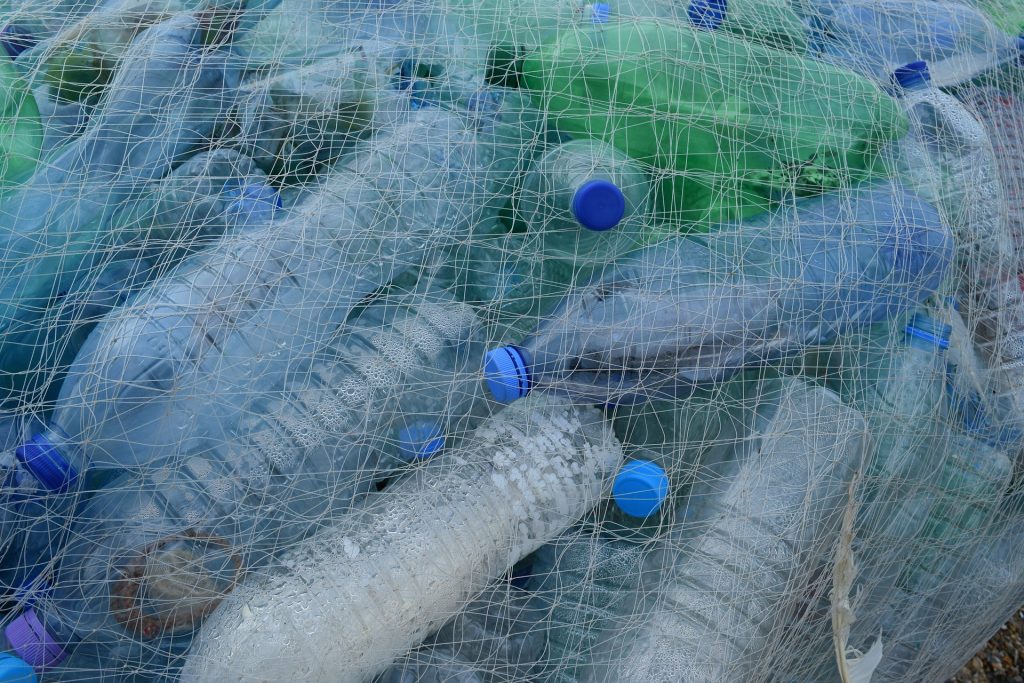
Say No to Plastic Bags
Plastic bags are notorious for their persistent presence in the environment, posing severe threats to wildlife, ecosystems, and our well-being. These lightweight, non-biodegradable bags often end up as litter, clogging storm drains, contaminating water bodies, and harming marine life.
By refusing plastic bags and opting for reusable ones or other eco-friendly alternatives, we significantly reduce the demand for plastic production and minimize the accumulation of plastic waste in landfills and natural habitats.
Bring your reusable shopping bags when you go grocery shopping or run errands. Keep them in your car or by the door to ensure you never forget them.
Ditch plastic straws
Avoiding the use of plastic straws is an essential and achievable step in our collective effort to combat plastic pollution. Plastic straws are not only a symbol of single-use, disposable convenience but also a significant environmental hazard. They often end up in our oceans, where they can take hundreds of years to break down, causing harm to marine life that may ingest or become entangled in them.
Moreover, the production of plastic straws contributes to the depletion of fossil fuels and the emission of greenhouse gases. By choosing reusable alternatives such as metal, glass, or bamboo straws, or simply opting to forgo straws altogether, we can reduce the demand for plastic production and help protect our oceans and ecosystems.
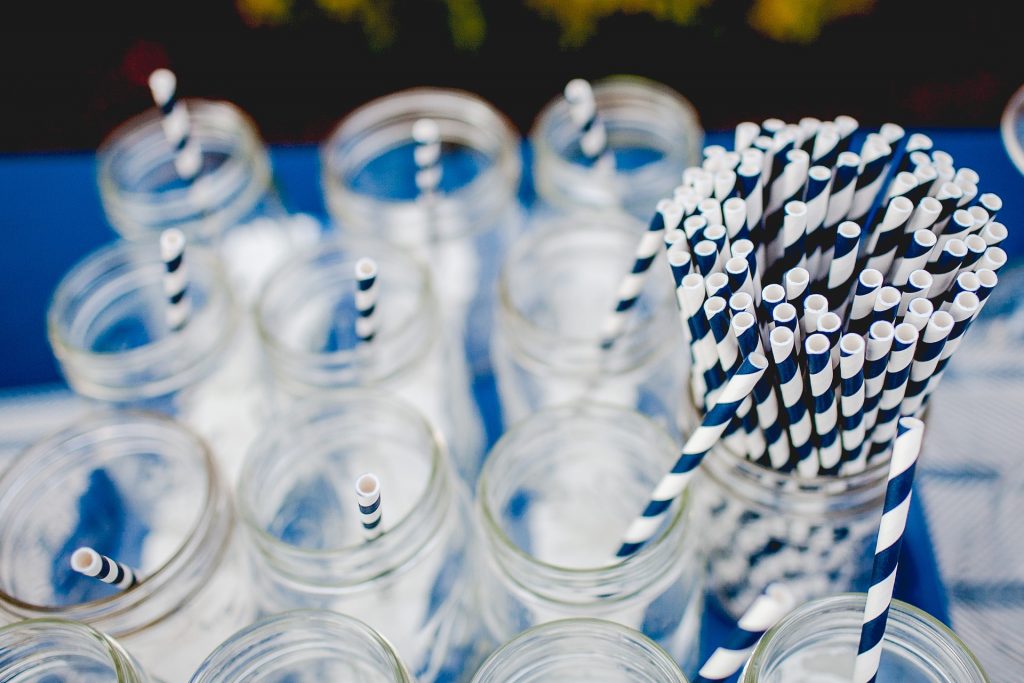
Choose a Reusable Coffee Cup
Disposable coffee cups, often lined with plastic, are a significant contributor to single-use plastic pollution. By choosing a reusable coffee cup made of materials like stainless steel, ceramic, or glass, we can help cut down on the staggering number of cups that end up in landfills each day.
Reusable coffee cups are not only better for the environment, but they also keep beverages hot or cold for longer periods and are often more aesthetically pleasing. Making this switch can become a daily habit that aligns with a broader commitment to reducing waste and conserving resources.
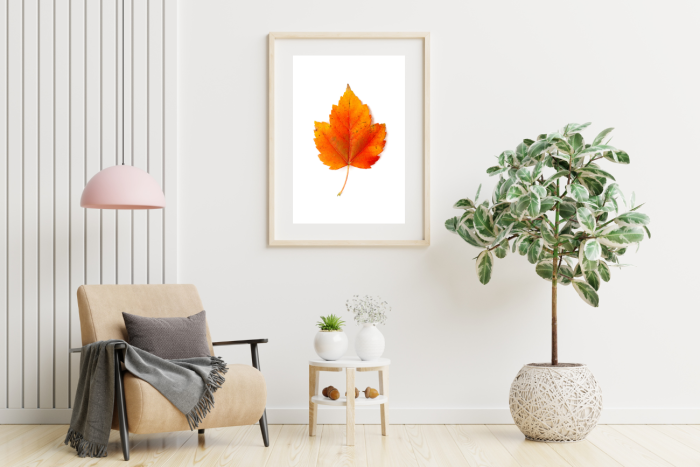
Inspired by our love of nature and Botanical Illustrations, we’ve created works of art that bring our passion for plants and photography together.
Buy in Bulk
Buying in bulk is an effective strategy for reducing plastic waste and minimizing unnecessary packaging. Many products, from food items to household goods, come with excessive plastic or other packaging materials that contribute to the global plastic pollution problem. By purchasing items in larger quantities, you can significantly reduce the amount of single-use plastic packaging entering your home.
Additionally, buying in bulk often means cost savings and less frequent shopping trips, which can further reduce your environmental footprint. Bringing your reusable containers to stores with bulk sections is an eco-friendly practice that not only reduces plastic waste but also encourages a more sustainable approach to consumption.
Opt for Reusable Containers
Switching to reusable containers is a sustainable choice with far-reaching benefits for both individuals and the environment. These containers, typically made of materials like glass, and stainless steel reduce the need for single-use, disposable packaging that clogs landfills and contributes to environmental degradation.
Reusable containers are not only eco-friendly but also cost-effective in the long run, as they eliminate the recurring expense of purchasing disposable packaging. They also help preserve the freshness and quality of food while reducing exposure to potentially harmful chemicals found in some plastics.
By embracing reusable containers, we not only reduce waste and lessen our carbon footprint but also promote a more sustainable, responsible, and health-conscious way of living. It’s a small change that carries significant positive implications for our planet and our wallets.
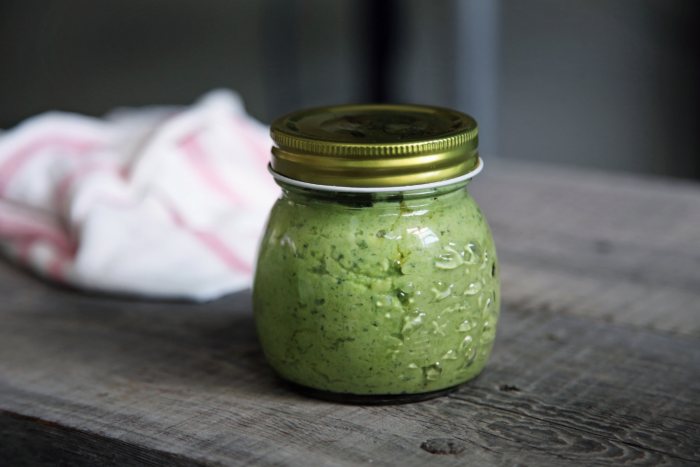
Reduce Microplastics
These tiny plastic particles, often invisible to the naked eye, are pervasive in our ecosystems, from oceans and rivers to soil and air. They pose significant threats to marine life, wildlife, and even humans when they enter the food chain.
To mitigate the spread of microplastics, we must adopt several strategies. Firstly, reducing our use of single-use plastics, which eventually break down into microplastics, is key.
Additionally, supporting policies that regulate and limit microplastic use in personal care products, detergents, and industrial processes can be highly effective.
Proper waste management and recycling practices also help keep larger plastic items from breaking down into smaller particles. Raising awareness about the issue and participating in community clean-up efforts can further help in minimizing the microplastic contamination of our environment.
Also Read: 6 Simple ways to reduce food waste
Microplastics leaching from clothing during washing cycles has become a concerning issue in our daily lives. These minuscule plastic particles, shed from synthetic fabrics such as polyester and nylon, are released into the washing machine’s wastewater and eventually end up in our rivers and oceans.
Once in aquatic environments, microplastics can be ingested by marine life, causing harm to ecosystems and potentially entering the food chain, posing health risks to humans. This problem underscores the need for more sustainable and eco-conscious choices when it comes to clothing materials. As consumers, we can also adopt practices to mitigate microplastic pollution, such as using specialized laundry bags or filters designed to capture microplastics and choosing natural fiber clothing whenever possible.
Be Mindful of Packaging
Excessive and non-recyclable packaging is a significant driver of plastic pollution, causing harm to our environment and wildlife.
When shopping, it’s crucial to look for eco-friendly alternatives and minimize single-use plastics. Opt for products with minimal or recyclable packaging, or choose items in glass, cardboard, or paper containers that can be easily repurposed or recycled.
Supporting brands that use sustainable, biodegradable, or compostable packaging is another way to make a positive impact.
Cut Down on Single-Use Plastic Cutlery
Disposable plastic cutlery, often used for convenience, contributes significantly to plastic pollution, ending up in landfills and oceans. To address this issue, we can adopt several practices. Firstly, choosing reusable cutlery made of materials like stainless steel, bamboo, or biodegradable options is a sustainable alternative.
Packing your own set of reusable cutlery when eating out or ordering takeout is another effective strategy. Additionally, supporting establishments that offer non-plastic alternatives and encouraging businesses to switch to more eco-friendly options can contribute to wider change.
As individuals, our choices matter, and by reducing our reliance on single-use plastic cutlery, we can play a part in conserving resources and minimizing plastic pollution for a healthier, cleaner planet.
Participate in Cleanup Activities
Participating in cleanup activities focused on reducing plastic waste is a proactive way to address the pressing issue of plastic pollution.
Look for local organizations, environmental groups, or community initiatives that host plastic waste cleanup events in your area. These activities typically involve collecting plastic debris from parks, beaches, or other natural areas.
Equip yourself with sturdy gloves and trash bags for gathering the waste, and, if possible, separate plastics for recycling. Coordinate with other participants to make the cleanup efficient and enjoyable. Not only does this help in mitigating the immediate environmental impact of plastic waste, but it also raises awareness about the issue and inspires others to make more sustainable choices.
By participating in cleanup activities, you can have a positive impact by contributing to cleaner surroundings and a healthier planet while sending a powerful message about the importance of reducing plastic waste in our communities.
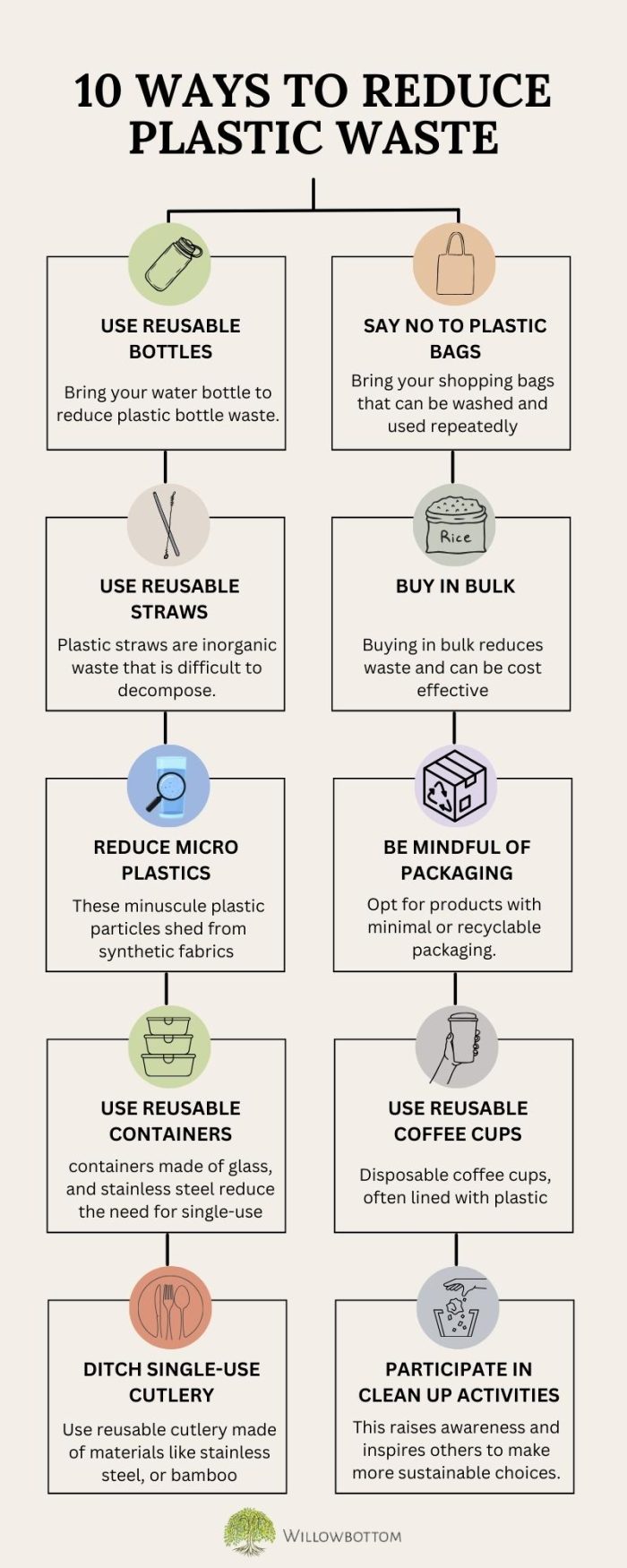
Reducing plastic waste is not just an individual responsibility; it’s a collective effort. By adopting these practices, you can help combat plastic pollution, protect the planet, and inspire others to follow suit.
Together, we can make a significant difference in the fight against plastic waste. Start small, and your positive impact will grow over time.


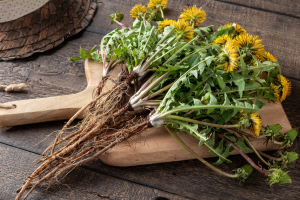

Really great article, with lots of helpful tips and it is fun to read too! Thank you so much for another awesome article!
What a helpful post! Our family has just embarked on a quest to stop using single-use plastic (and any plastic, as much as possible). We discovered we might have to buy toilet paper in bulk online, because all the TP in the grocery store is wrapped in plastic! We had already incorporated many of your ideas into our daily lives, such as using our own glass bottles & stainless steel cups when grabbing drinks from home or when visiting a cafe. We also use wax paper bags & the beeswax wrap, or just store leftovers in glass jars – they all work great. We’ve also got a couple glass straws. Getting better at reducing plastic requires me to be even more mindful – I chose a paper container instead of plastic when I purchased a salad for lunch today, but then I forgot about the fork being plastic! So now I will make sure to carry real silverware with me.
This is so encouraging! Thank you 🙂
Really good points! I’ve heard about using beeswax for food wrapping before. I need to give it a try. Thanks for bringing up this topic! Lot’s of plastic garbage outside, we need to do something about it.
i tried going completely zerowaste a few months ago. I didn’t succeed bu I did manage to reduce my consumption of plastic, Thanks for the tips!
It’s difficult to go completely zero waste, but our efforts to reduce single use plastics in our everyday lives makes a difference! 🙂
I completely agree with everything here. I’ve stopped buying plastic and use my own bag for groceries now.
A topic that definitely needs to be written about more often! I can honestly say I can check off all of the above at this point in my life and it hasn’t taken much to do so! I mean, you give clear suggestions for how to cut the plastic out. Great post.
Thank you! You’re right, it’s not difficult to implement these tips. Sometimes we just need a nudge 🙂
Hey, this is a great post. As a diver, I’m heartbroken every time I see trash flying around or people getting a plastic bag at the checkout for a single lime. I literally want to shove that lime where it don’t shine. We need to radically change our attitude towards single-use items and stop blaming poorer nations for dumping trash into the ocean (after all Europe and the US are dumping ridiculous amounts of their trash there, not to mention all the charity clothing we send over there).